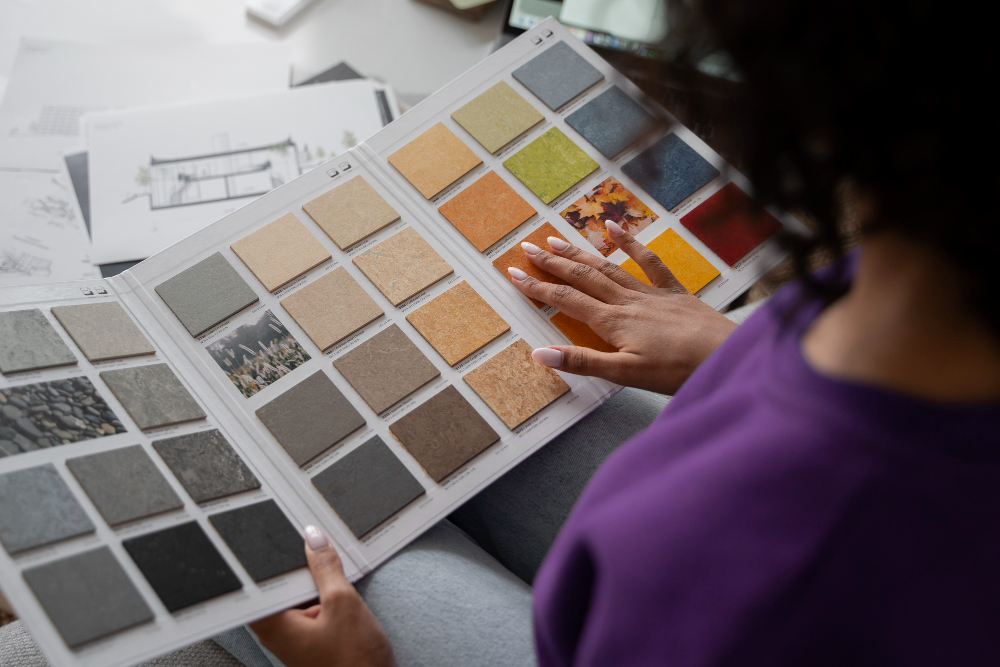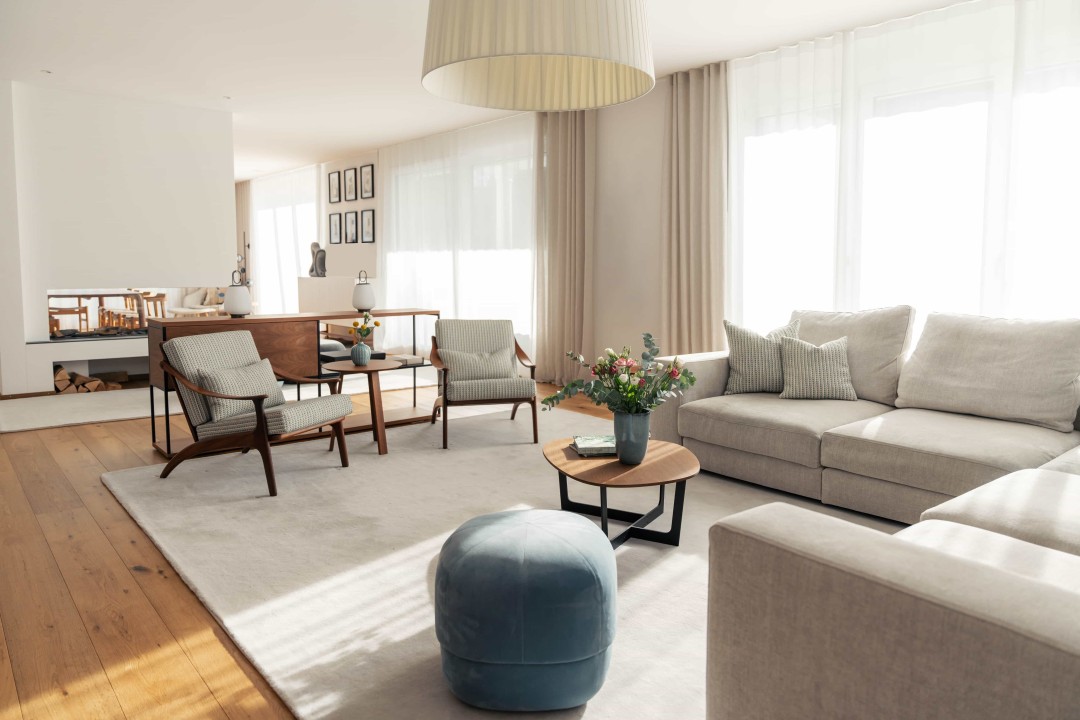In the world of interior design, creating a visually stunning and harmonious space involves more than just selecting the right colors and furniture. One often overlooked aspect that can significantly enhance the appeal of a room is the artful use of textures. The interplay of different textures can add depth, interest, and a touch of luxury to any interior.
Understanding Textures:
Textures in interior design refer to the tactile and visual qualities of surfaces within a space. They can be smooth or rough, soft or hard, matte or glossy. Incorporating a variety of textures into a room can create a multi-dimensional and inviting atmosphere. From the silky smoothness of a satin pillow to the roughness of a stone accent wall, each texture contributes to the overall sensory experience of a space.
Harmony Through Diversity:
One of the key principles of using textures in interior design is achieving harmony through diversity. Mixing different textures adds interest and prevents a room from feeling monotonous. Consider combining sleek, polished surfaces with more tactile materials like wool or leather. This contrast not only creates visual appeal but also invites touch and engagement with the space.
For instance, pairing a plush velvet sofa with a rough-hewn wooden coffee table can create a compelling blend of comfort and natural warmth. It’s about finding a balance that suits the overall aesthetic while providing a sensory experience that resonates with the inhabitants of the space.
Layering Textures:
Layering textures is another technique that can elevate the design of a room. Just as an artist layers colors on a canvas, an interior designer can layer textures to build depth and complexity. Start with the foundational textures, such as flooring and large furniture pieces, and gradually add layers through accessories like throws, pillows, and decorative items.
A living room, for example, might feature a hardwood floor as the base texture, complemented by a plush area rug for softness. Add a leather sofa and accent chairs for a tactile contrast, then introduce throw pillows with varied textures like linen, faux fur, or knits. The result is a space that feels rich and inviting, with layers of textures contributing to its overall appeal.
Contrast and Cohesion:
While diversity is essential, achieving a cohesive look is equally important. To prevent a space from feeling disjointed, pay attention to the colors, patterns, and styles of the textures you’re incorporating. Choose a color palette that ties everything together and ensures a sense of unity.
Contrast, however, should not be overlooked. Contrast adds visual interest and allows each texture to stand out. A sleek, reflective surface can emphasize the ruggedness of a textured brick wall, creating a dynamic interplay between the two. Striking the right balance between contrast and cohesion is the key to a well-designed space.
Textured Accents and Focal Points:
In addition to incorporating textures throughout the room, consider using textured accents to create focal points. This could be a statement wall covered in textured wallpaper or a boldly textured piece of furniture that draws the eye. These focal points serve as anchors for the design, adding intrigue and personality to the space.
For instance, a bedroom might feature a tufted headboard as a textured focal point, complemented by crisp, white bedding and a mix of throw pillows in different fabrics. The contrast between the softness of the bedding and the intricacy of the tufted headboard creates a visually captivating and inviting space.
In the world of interior design, the artful use of textures is a powerful tool that can transform a space from ordinary to extraordinary. The interplay of smooth and rough, soft and hard, matte and glossy creates a sensory experience that goes beyond visual aesthetics. By embracing the principles of harmony through diversity, layering textures, and balancing contrast with cohesion, designers can achieve spaces that are not only visually appealing but also inviting and comfortable. So, the next time you embark on a design journey, remember that the magic lies in the mix and match of textures, creating a symphony that resonates with the senses.
For more blogs related to design: https://www.dotsod.in/blog/
Follow DOT School of Design on Facebook, Instagram, LinkedIn, Medium and YouTube



